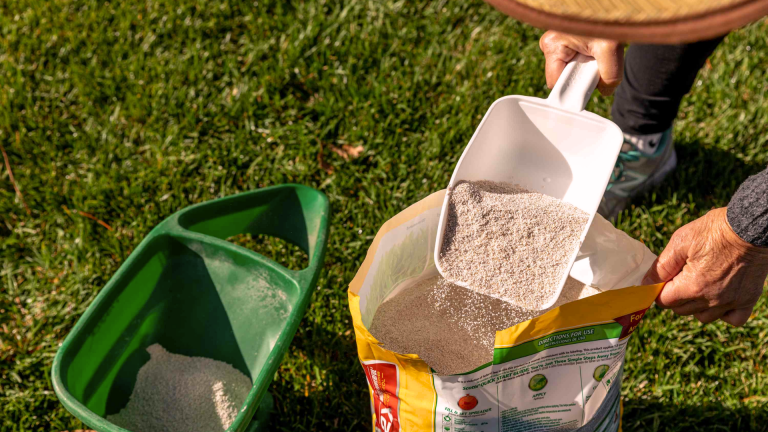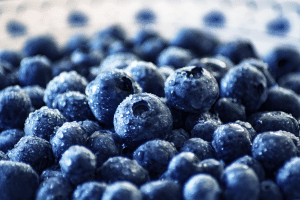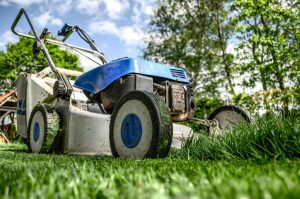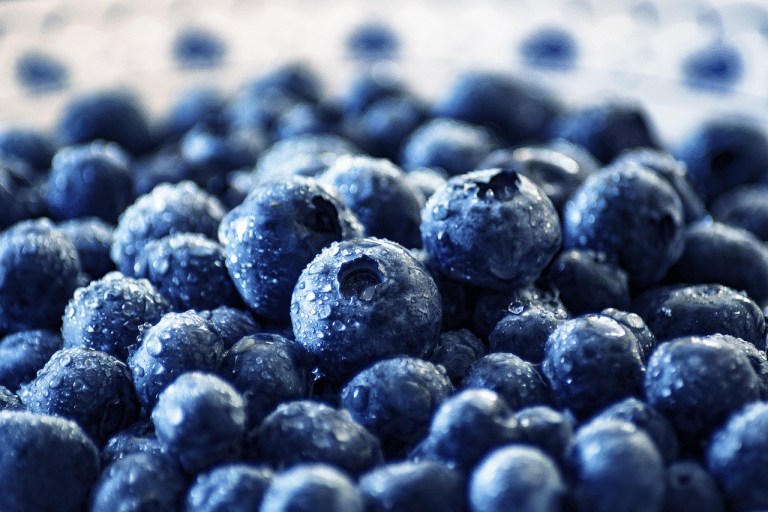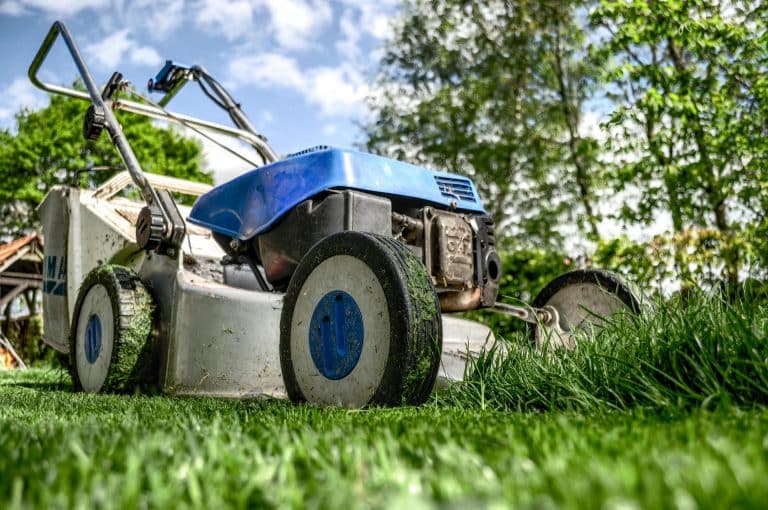You’ve just spread fertilizer on your lawn, and now you’re staring out the window, wondering when your grass will turn that perfect shade of green. It’s a common question many homeowners ask. Understanding how long fertilizer takes to work helps you plan your lawn care schedule and know what to expect.
Not all fertilizers work at the same speed. Some types show results in just a day or two, while others might take weeks before you notice a difference. This timing depends on several key factors, including the type of fertilizer you’ve chosen.
In this blog, you’ll learn:
- How quickly do different fertilizers work
- What affects fertilizer timing
- How to get the best results from your fertilizer
I’ll walk you through everything you need to know about fertilizer timing so you can make smart choices for your lawn. With the right information, you’ll be able to plan your lawn care better and avoid the frustration of waiting without knowing what to expect.
How Long Does It Take Lawn Fertilizer to Work?
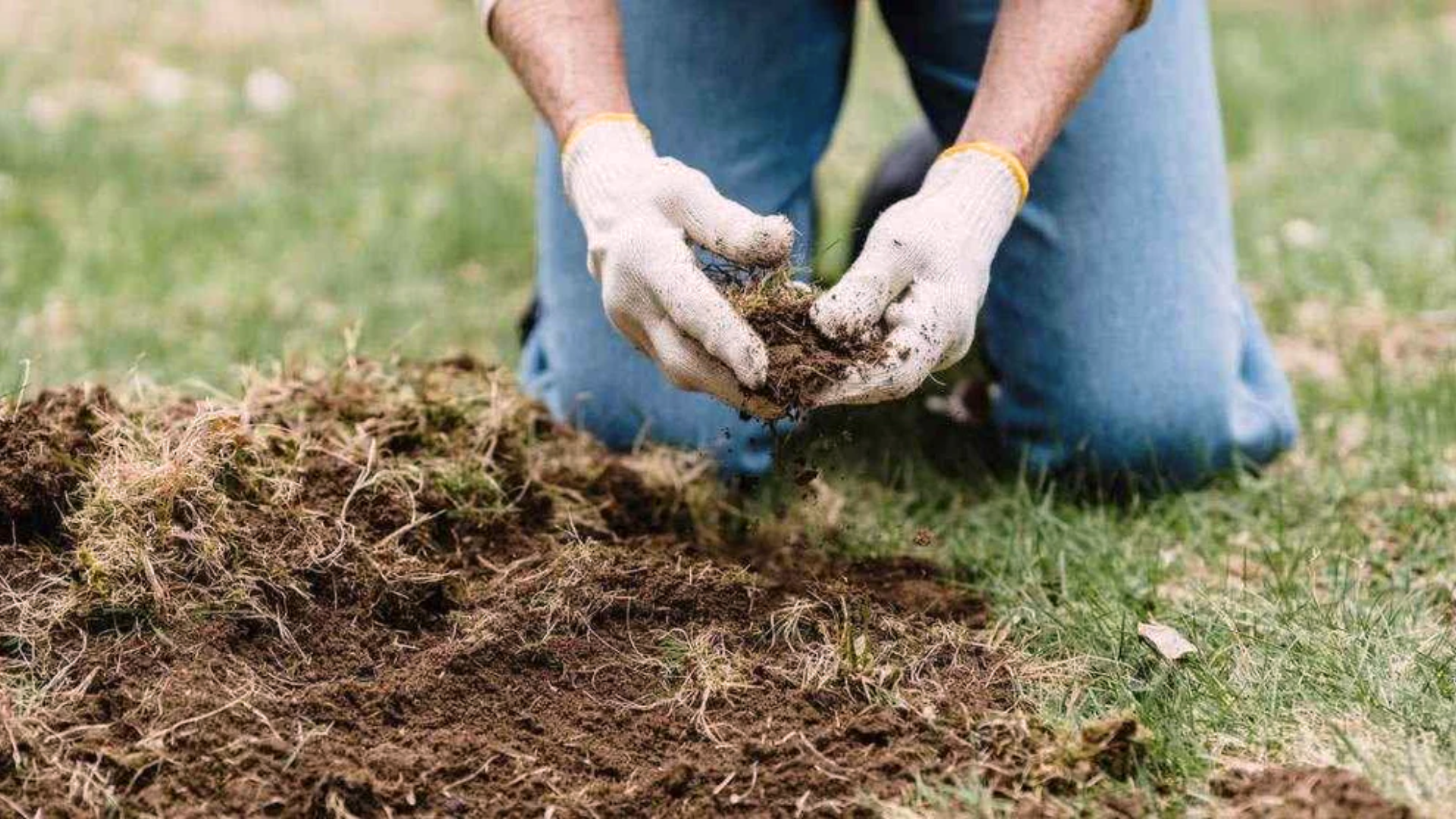
Fertilizer isn’t magic that instantly turns your lawn green. It needs time to work. Some fertilizers show results in just 1-2 days, while others might take 2-6 weeks to make a visible difference. When I talk with homeowners, they often expect overnight results, but patience is key.
The waiting time depends on several factors:
- Type of fertilizer (quick-release vs. slow-release)
- Your grass type
- Current weather conditions
- How healthy was your lawn before fertilizing
Quick-release fertilizers work faster because they break down quickly in the soil. Your grass can use these nutrients right away. You might see your lawn getting greener in just 1-3 days. Slow-release options take longer but feed your lawn over time. The results last longer, too.
Weather matters a lot. Warm, slightly moist conditions help fertilizer work faster. Cold or very dry weather can slow things down. What about your current lawn health? If your grass is already in good shape, you’ll notice changes faster than if it’s struggling.
Remember: the quickest results aren’t always the best ones. Sometimes the slower approach builds a healthier lawn in the long run.
| Fertilizer Type | Estimated Time to Work |
|---|---|
| Fast-Release Synthetic | 1-2 days |
| Fast-Release Organic | 2-3 days |
| Slow-Release Synthetic | 2-5 days |
| Slow-Release Organic | 2-6 weeks |
What Is Quick-Release Fertilizer?
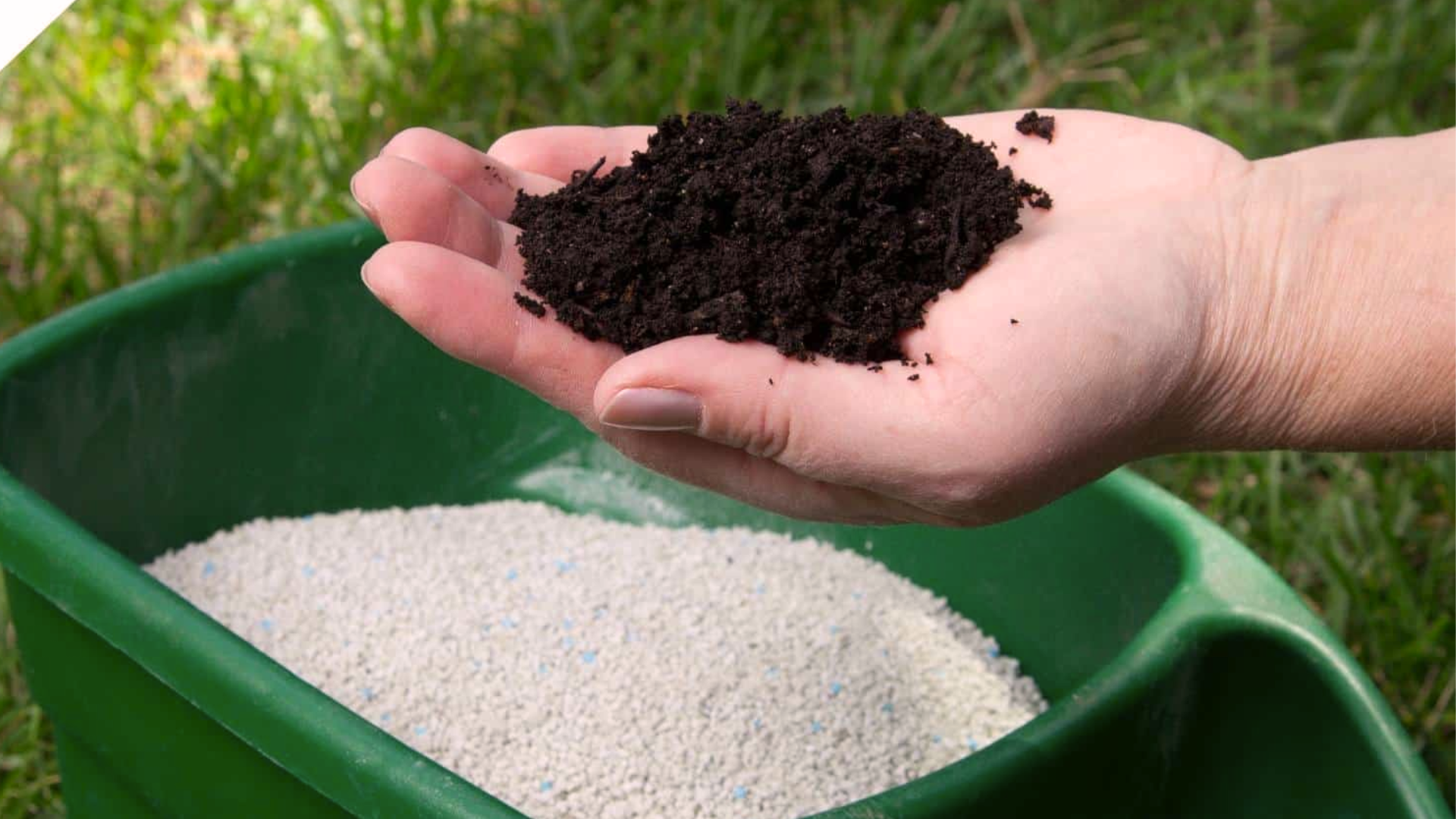
Quick-release fertilizer is like giving your lawn a fast food meal. It provides nutrients that your grass can absorb right away. You’ll see visible results within 1 to 7 days after applying quick-release fertilizer. This makes it perfect when you need your lawn looking good for an upcoming event or want to fix yellow patches quickly.
These fertilizers dissolve in water easily. When I apply them to lawns, the nutrients go straight to the grass roots without much waiting. Most quick-release products come in liquid form. The grass drinks it up through its roots and leaves.
Let’s see what makes quick-release fertilizers work so fast:
- They’re water-soluble (they dissolve completely)
- The nutrients are already in a form that grass can use
- They don’t need soil microbes to break them down first
While the fast results look great, there are some downsides. Quick-release fertilizers can burn your lawn if you apply too much. They also wash away more easily during heavy rain. The quick green-up you get won’t last as long either. You might need to reapply every 2-4 weeks to keep that fresh look.
Many lawn care companies use these for spring treatments when you want to see your lawn wake up fast after winter.
What Is Slow-Release Fertilizer?
Slow-release fertilizer works as a steady diet for your grass. Instead of a quick burst of nutrients, it feeds your lawn little by little over time. You won’t see instant results with slow-release products. Most take 2 to 6 weeks to show visible changes in your lawn. This patience pays off with longer-lasting results.
I recommend slow-release fertilizers for homeowners who want:
- Fewer fertilizer applications per year
- Less chance of burning the lawn
- Stronger root growth
- Better long-term lawn health
These fertilizers come in two main types:
- Synthetic slow-release products use special coatings or chemical bonds to control how quickly nutrients become available. The nutrients are release when triggered by water, soil temperature, or microbe activity.
- Organic slow-release options like compost, manure, or bone meal break down naturally in the soil. Tiny soil organisms help turn these materials into nutrients your grass can use.
Both types feed your lawn for 6-8 weeks or even longer with just one application. The best part? You don’t have to worry about precise timing or perfect weather conditions when applying slow-release fertilizer. It’s more forgiving if you make small mistakes.
While you’ll wait longer to see results, your grass will develop deeper roots and better stress resistance over time.
How Long Does Fertilizer Take to Work: Quick-Release Synthetic
Quick-release synthetic fertilizers are the fastest-working fertilizers you can buy. When I apply these to lawns, I often see changes in 1 to 3 days. You’ve probably seen these products at garden centers. They’re common and popular because of their speed.
This is how they work: The nutrients in quick-release synthetic fertilizers dissolve almost immediately when you water your lawn. Your grass can absorb and use these nutrients right away.
| Good Points | Drawbacks |
|---|---|
| You’ll see a greener lawn within days | The results only last about 2-4 weeks |
| They fix nutrient deficiencies quickly | They can easily burn your grass if applied incorrectly |
| They cost less than many other fertilizer types | Heavy rain can wash them away before your lawn uses them |
| They work well in cool weather when soil microbes are less active | You’ll need to apply them more often |
I often tell my customers that quick-release synthetic fertilizers are like giving your lawn a shot of espresso. The energy boost comes on fast but doesn’t last long.
These fertilizers work best when you need quick results for a special event or to green up your lawn early in the season. Just be careful with the application rate to avoid damaging your grass.
How Long Does Fertilizer Take to Work: Quick-Release Organic
Quick-release organic fertilizers offer a natural way to boost your lawn quickly. You’ll typically see results in 3 to 7 days after application.
These fertilizers come from natural sources that break down fast. Common examples include:
- Fish emulsion
- Compost tea
- Liquid seaweed
- Worm tea
I’ve used fish emulsion on many lawns and gardens. The results aren’t quite as fast as synthetic options, but they’re still impressive. Your grass will start looking greener within a week in most cases.
What makes these fertilizers different? They contain nutrients already in forms that plants can use, but they’re derived from natural materials instead of manufactured chemicals.
| Good Points | Drawbacks |
|---|---|
| Safer for children, pets, and wildlife | Slightly slower results than the synthetic quick-release |
| Less likely to burn your lawn | Often have stronger odors (especially fish-based ones) |
| Better for the soil’s long-term health | It may cost more per application |
| Lower risk of polluting waterways | Results might be less dramatic |
The smell can be a temporary drawback. Fish emulsion, for example, has a distinct odor that usually fades after a day or two. These fertilizers work especially well during the growing season when soil microbes are active.
They give your lawn a quick boost while still supporting the soil ecosystem. Unlike synthetic options, quick-release organic fertilizers add some organic matter to your soil, which improves its structure over time.
How Long Does Fertilizer Take to Work: Slow-Release Synthetic
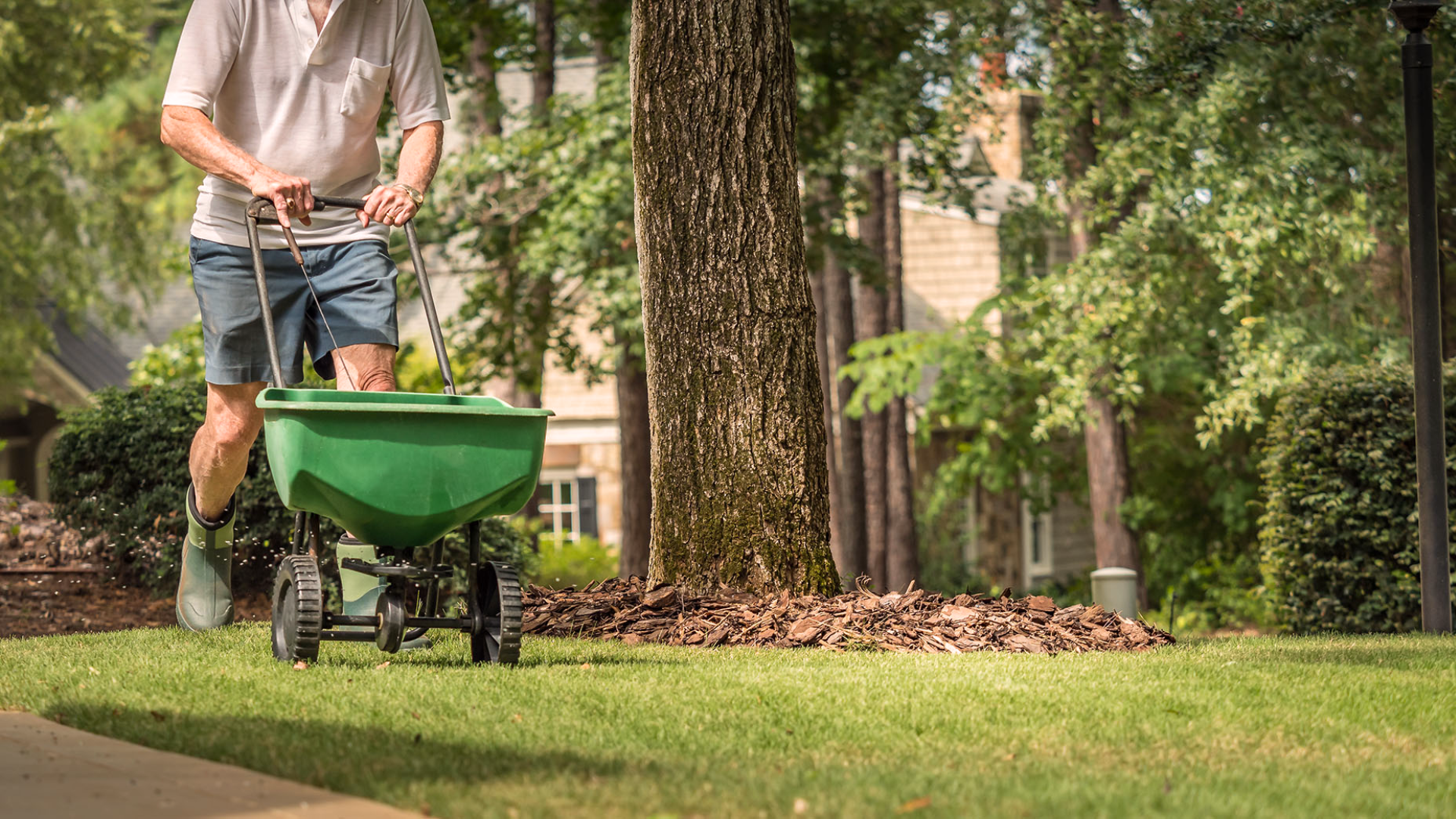
Slow-release synthetic fertilizers feed your lawn steadily over 6 to 12 weeks. You’ll start seeing initial results in about 2-5 days, but the full benefits develop over time. These fertilizers use special coatings or chemical bonds that break down gradually.
This controlled release helps your grass grow at a steady pace. I recommend these fertilizers to my busy customers who don’t want to fertilize their lawn every month. They’re perfect for a “set it and forget it” approach to lawn care.
| Good Points | Drawbacks |
|---|---|
| One application lasts all season | Higher upfront cost |
| Lower risk of burning your lawn | Slower initial green-up |
| More even growth with fewer surges | Results vary with temperature |
| Less fertilizer is wasted through runoff | Less control over timing |
The special coatings on these granules break down bit by bit with each watering. Some types respond to soil temperature, releasing more nutrients when your grass is actively growing.
Most lawn care services use slow-release synthetic fertilizers because they provide consistent results with fewer visits to your property.
How Long Does Fertilizer Take to Work: Slow-Release Organic
Slow-release organic fertilizers are the most natural and sustainable option for your lawn. They take their time to work, with results showing up in about 3 to 6 weeks.
Common examples include:
- Compost
- Bone meal
- Alfalfa meal
- Dried manure
- Cottonseed meal
I’ve used these fertilizers in my own yard for years. They don’t give quick color boosts, but they build healthier soil over time.
| Good Points | Drawbacks |
|---|---|
| Improves soil structure and health | Takes the longest to show visible results |
| Feeds beneficial soil microbes | May need more product by weight |
| Least likely to burn grass | Requires patience |
| Most environmentally friendly | Weather dependent |
Slow-release organic fertilizers work by feeding the soil first, then your grass. Soil microbes break down the organic materials into nutrients your lawn can use. Your patience will be rewarded with grass that grows more evenly and develops stronger roots.
These fertilizers build lawn health from the ground up. Many organic gardeners prefer this approach because it mimics nature’s own fertilizing process. It’s lawn care that works with natural systems rather than bypassing them.
Conclusion
Growing a beautiful lawn takes patience and consistency. The right fertilizer for you depends on your specific needs and goals.
Need quick results for an upcoming event? A quick-release product might be your best choice. Looking for something that lasts longer with less work? Slow-release options make more sense. Care deeply about the environment? Organic fertilizers will give you peace of mind.
Remember that fertilizer is just one piece of the puzzle. Proper watering helps activate the nutrients. Good mowing habits encourage healthy growth. And timing your applications with the seasons makes everything work better.
I’ve seen impatient homeowners switch fertilizers too quickly because they didn’t see instant results. Trust the process and give your chosen fertilizer enough time to work.
Your lawn is a living thing that responds to consistent care. With the right fertilizer and a little patience, you’ll be rewarded with a yard that makes the neighbors green with envy.


